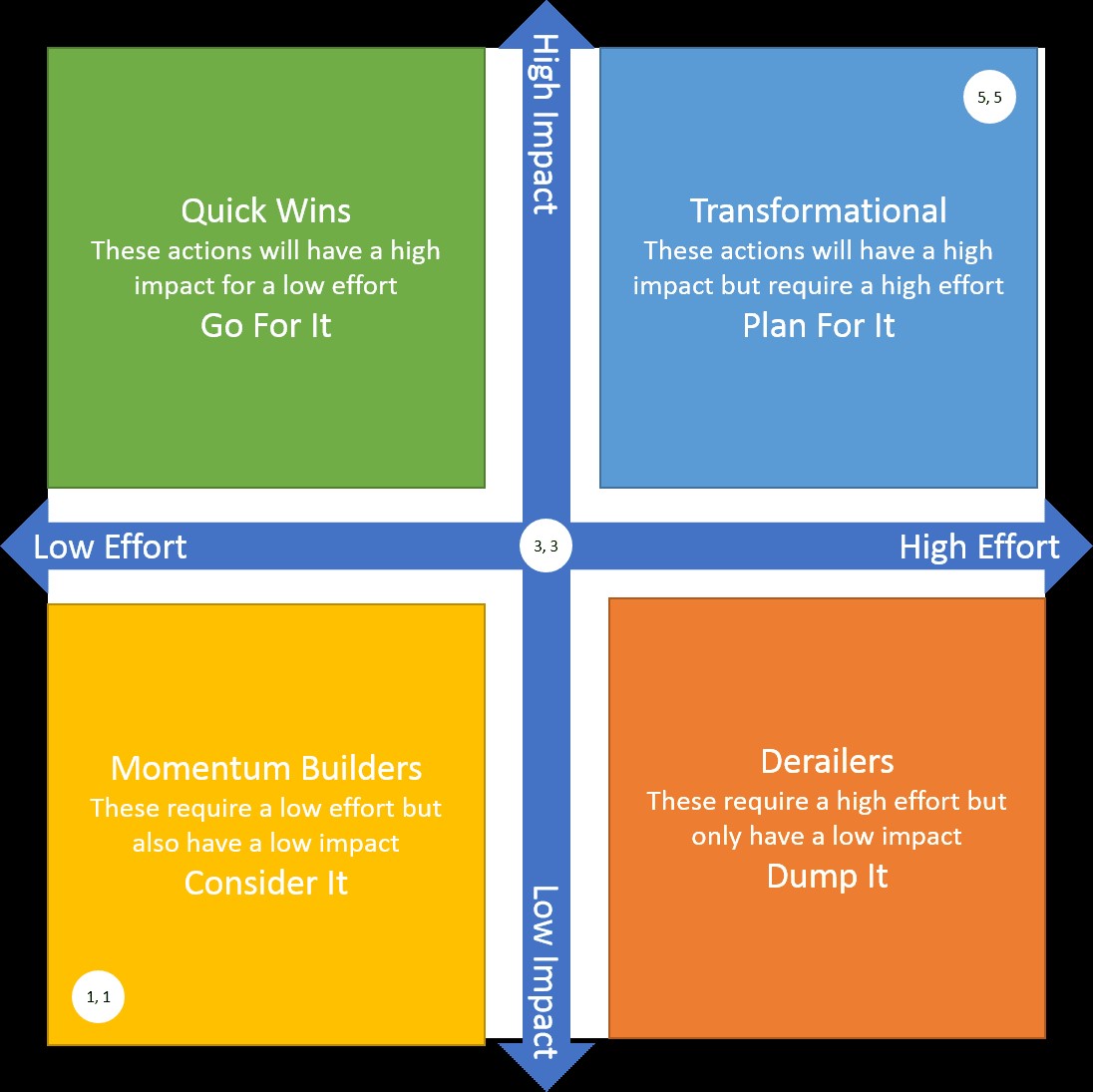In parts 1 and 2 of this series on changing the internal audit function we identified four characteristics of internal audit functional strategy that establish the conditions for continual and strategically aligned change and explored characteristics 1 and 2, namely:
- Start with the what – Developing a simple but inspiring, purpose driven strategy.
- Set clear functional outcomes and associated activities – Developing a framework to guide decision taking on what and when to change.
- Align all activity to the strategic outcomes - Ensuring that everyone is aligned to this strategy so that every person and team pulls in the same direction.
- Organise to deliver through developing a culture of continuous internal audit improvement - Pursuing an ongoing process of stretching change, enjoying success and celebrating and learning from failures on the way.
In this next installment we explore characteristic #3 around taking the internal audit functional outcomes developed and aligning all change activity to the delivery of these outcomes.
Characteristic #3 - Align all activity to the strategic outcomes
The next stage of delivering impactful and sustainable internal audit change, having determined the internal audit function’s purpose and strategic outcomes, is defining the specific initiatives on which you should target your finite change time, effort and budget. To help you do this there are three steps which, if followed carefully, can assist in defining the right change management priorities for your function to get both quick and sustainably impactful results.
Step 1 – Develop a potential menu of change activity
For each of your functional outcomes (see the article on characteristic #2 for more detail) identify what you could do in order to progress towards each of the desired outcomes. To support you in this you will need to develop both your own ideas and also draw on what other internal audit functions are exploring – for example areas like data analytics, the use of predictive analytics (including the use of artificial intelligence), automating audit processes, the adoption of more agile ways of working. Consultancy firm insights on emerging trends in the profession can be of help here such as the TeamMate Audit Benchmark report which identifies six areas where internal audit change is gathering significant momentum. This should lead you to develop a menu of change possibilities for each outcome – the long list of potential change interventions. An example of this is shown below:






